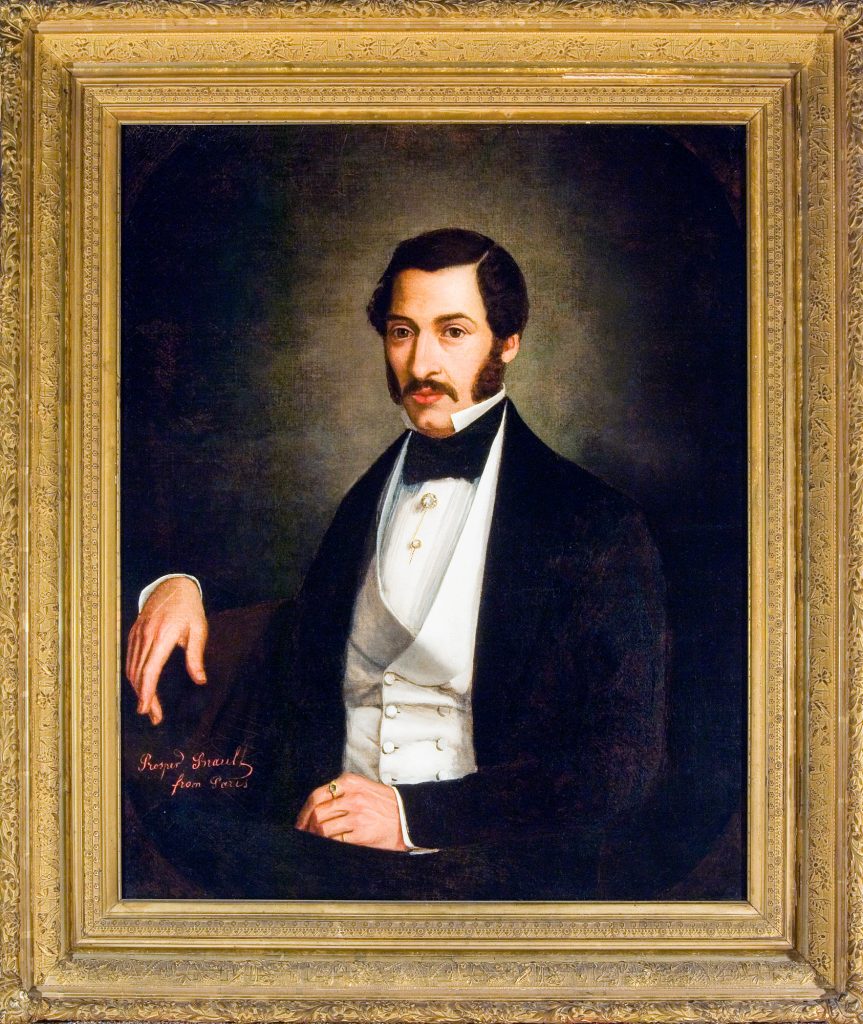Jacob Rodrigues Pereyra bore the same name as his grandfather—though the latter’s name is usually written as Pereira or Pereire—famous as an early teacher of deaf-mutes in France in the mid-eighteenth century. Sephardic Jews, the Pereira family fled the Portuguese Inquisition and settled in Bordeaux in the early 1740s.
Pereire’s contribution to sign language involved the addition—to the already existing system of letters—of more than eighty signs that corresponded to sounds. He founded the first school in France for congenital deaf-mutes. Perhaps his most remarkable achievement came from his work in lip-reading, vocalization and the centrality of tactility in his pedagogy. In 1746 he presented to the Royal Academy in Caen a fifteen-year-old deaf-mute child whom he had taught to pronounce a number of short phrases and who could even answer yes-or-no questions. A prominent figure in public intellectual life in eighteenth century France, Pereire befriended philosophes d’Alembert, Rousseau and Diderot and presented his pedagogy to the Academy of Sciences. After Louis XV called him for a meeting in 1749, Pereire received an annual pension from the crown. His fame spread beyond France, and King Christian VII of Denmark and Emperor Joseph II of Austria sought to meet him. He was elected a member of the Royal Society of London. With his access to the French court, Pereire served as the advocate of Sephardic Jewry in France, eventually winning the right for all Portuguese Jews to settle in France in 1777. And yet he also proved instrumental in convincing the French king to enact a prohibition on the immigration of any Jews not of Iberian extraction.
About the younger Jacob much less is known. He was a cousin of the famous Pereire brothers, 19th century financiers and one-time rivals to the Rothschilds. In 1847 he married Lea Cerf, and not long after that they emigrated from Bordeaux to Philadelphia where several other Pereyras lived. Jacob may have worked as tobacconist.
